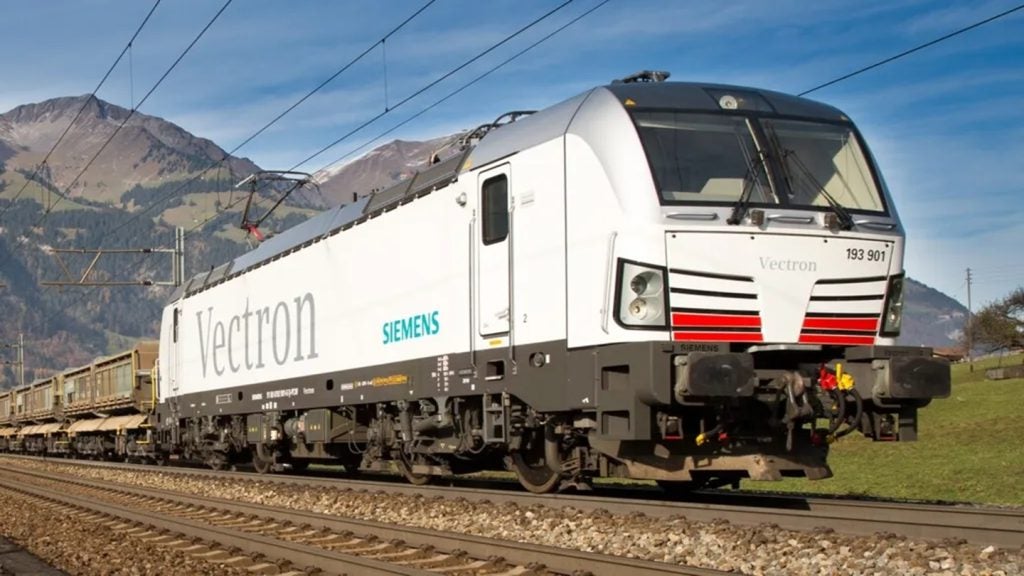Shimmick Construction has secured a contract from Washington state transit authority Sound Transit to design and build a $13.2m expansion of the agency’s Sounder layover facilities in Lakewood, US.
The expanded layover yard is expected to accommodate more train sets as agency prepares to add another weekday round trip between Lakewood, Tacoma, South King County and Seattle later this year, as well as two more round-trips next year.
The improvements include a third track to the existing yard, and will allow Sound Transit to store more Sounder train cars for its Lakewood-to-Seattle service.
Ten round-trip trains currently operate on the south line and two peak-service round-trip trains will be rolled out next year.
Sounder ridership continues to experience double-digit growth as more trains are slated to come to the south end.
During the third quarter of 2015, average weekday ridership between Lakewood and Seattle increased by 15% when compared with the same period last year.
How well do you really know your competitors?
Access the most comprehensive Company Profiles on the market, powered by GlobalData. Save hours of research. Gain competitive edge.

Thank you!
Your download email will arrive shortly
Not ready to buy yet? Download a free sample
We are confident about the unique quality of our Company Profiles. However, we want you to make the most beneficial decision for your business, so we offer a free sample that you can download by submitting the below form
By GlobalDataFollowing the completion next year, the expanded layover facility will have the capacity to store up to seven eight-car train sets.
As of now, six seven-car train sets are stored and when additional Sounder service starts later this year, crews will operate seven seven-car trains.
The third track will be completed by December to accommodate storage for new passenger cars being delivered until the end of next year.
The expansion also includes permanent office space and parking for crew members, as well as new fencing, guard booths and surveillance systems.
As the region’s population is projected to increase by one million people by 2040, commuters are demanding more transit services.







